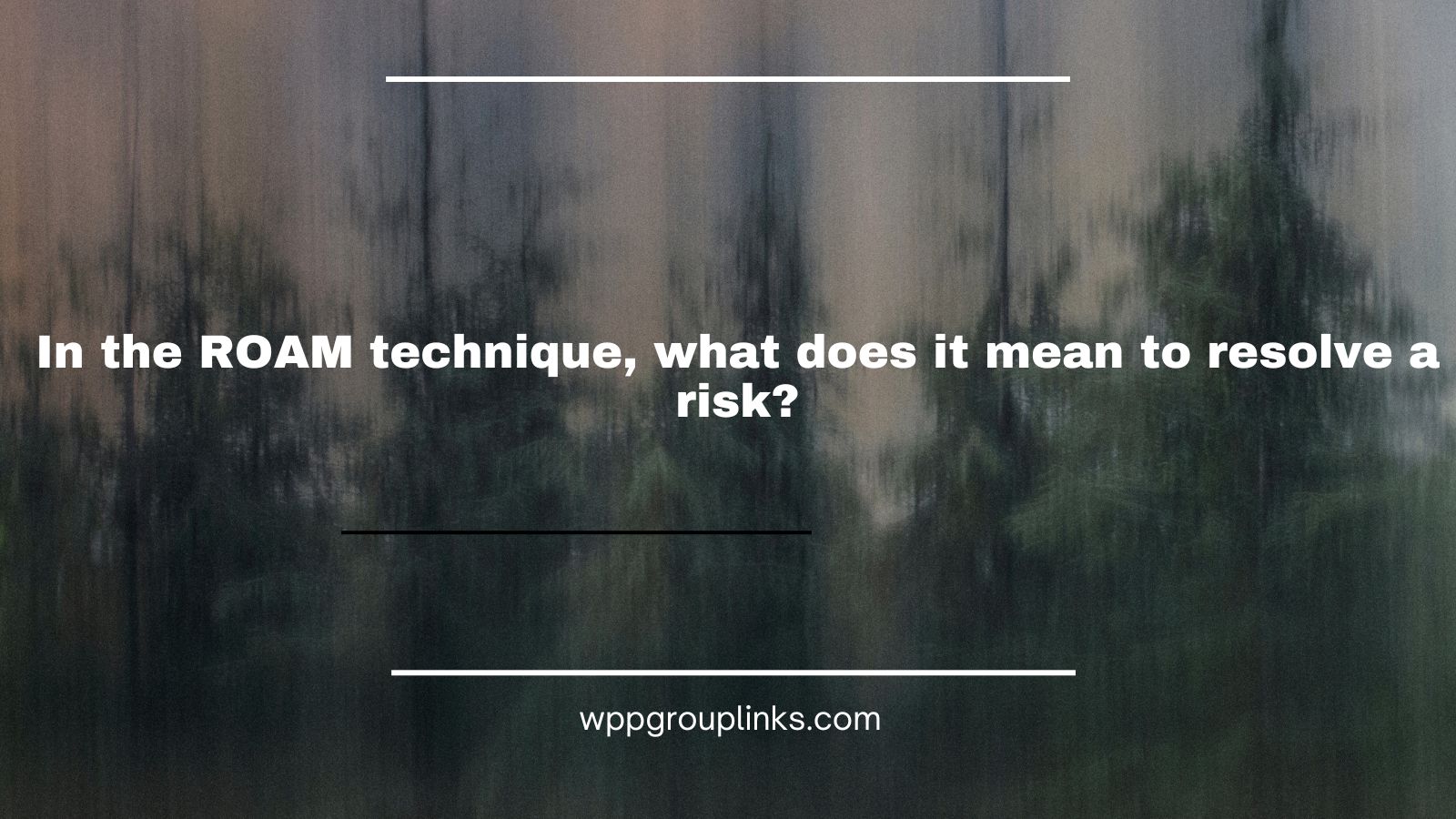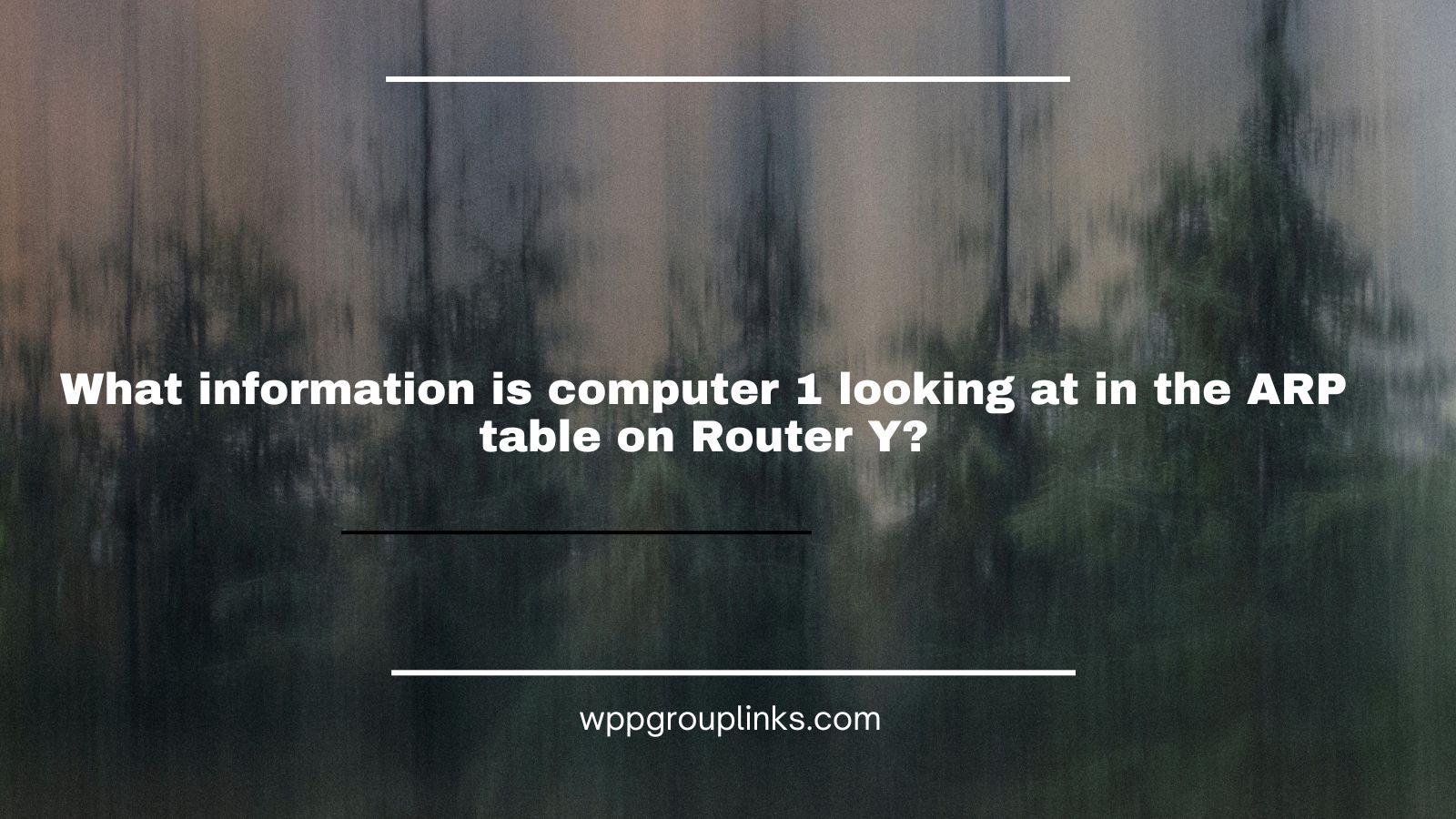Q: In the ROAM technique, what does it mean to resolve a risk?
or
Q: What does “resolving a risk” entail in the context of the ROAM technique?
- To classify a risk as addressed because it no longer creates a problem
- To reduce the impact of a risk or the likelihood that the risk will occur
- To understand and accept a risk for what it is because it cannot be resolved
- To give a team member ownership over a certain risk and entrust them to handle it
Explanation:
When employing the ROAM approach in risk management, “resolving” a risk refers to the proactive process of addressing and eliminating the risk, thereby removing it as a concern for the project. This involves taking decisive actions to either entirely eliminate the risk or significantly reduce both its likelihood of occurrence and its potential impact on the project.
To resolve a risk effectively, project teams must identify and implement practical solutions that either prevent the risk from materializing or mitigate its potential adverse effects. This may include implementing new processes, procedures, or controls to minimize the likelihood of the risk occurring, or developing contingency plans to lessen the impact if the risk does materialize.



